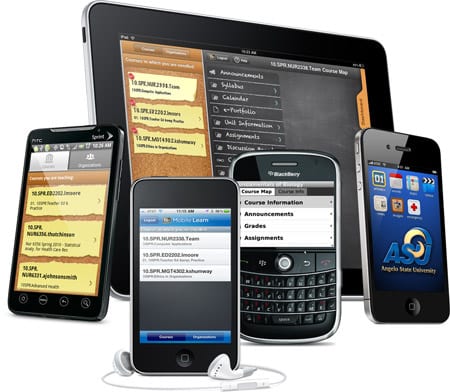We're now in a constantly changing digital landscape
 Did you see this Comscore report about "Digital Omnivores"? I think it's really useful for marketers. Not because the information is revolutionary in any way, but because it's offering some seriously hard facts that can be taken to management to support business cases, marketing planning and ideas generation for marketing. It may help to have this in light of your own analytics, maybe it can help inform decisions that you're thinking of making, or even realise that you need to make.
Did you see this Comscore report about "Digital Omnivores"? I think it's really useful for marketers. Not because the information is revolutionary in any way, but because it's offering some seriously hard facts that can be taken to management to support business cases, marketing planning and ideas generation for marketing. It may help to have this in light of your own analytics, maybe it can help inform decisions that you're thinking of making, or even realise that you need to make.
Increased WiFi availability and mobile broadband adoption in countries like the U.S., Australia and the U.K. are driving connectivity. Mobile phones already drive digital traffic around the world, while tablets are gaining steam. Tablets traditionally required a WiFi connection to access the Internet, whereas now they're increasingly driving traffic using mobile broadband access "on the go". This alone has huge implications for marketers.
Consider the implications of this data…
Usage data...
- The share of non-computer (mobile) traffic for the U.S. stands at 6.8 percent, two-thirds of that traffic is from mobile phones with tablets accounting for much of the remainder.
- 37.2 percent of U.S. digital traffic coming from mobile phones via a WiFi connection. This percentage grew nearly 3 points in just the past three months
- Nearly 10 percent of traffic from tablets occurred via a mobile network connection, not wi-fi
- Half of the total U.S. mobile population uses mobile media. The mobile media user population (those who browse the mobile web, access applications, or download content) grew 19 percent in the past year to more than 116 million people at the end of August 2011.
- In the U.S., smartphone adoption has grown more than 50 percent in the past year, with 36.1 percent of Americans age 13 and older now using smartphones.
- The iOS platform has the largest combined share of tablets and smartphones in use in the U.S. at 43.1 percent whereas the Android platform accounts for the highest share of the smartphone market (43.7 percent in August)
- When measuring market share of Internet traffic by platform, iOS accounted for more than half (58.5 percent) of the share of total non-computer traffic in the U.S. Android OS ranked second delivering 31.9 percent
- iPads delivered 97.2 percent of all tablet traffic in the U.S. iPads also account for a higher share of Internet traffic than iPhones (46.8 percent vs. 42.6 percent of iOS traffic).
- U.S. tablet users appear "early technology adopters": young males in upper income brackets. 54.7 percent of all tablet owners were male and nearly 30 percent were age 25-34. Nearly half belonged to households earning $100K+
Content consumption...
- News matters - nearly 3 out of 5 tablet owners consume news on their tablets with 1 in 4 consuming this content on a near-daily basis on their tablets.
- Communication activities are central to tablet usage. 3 in 4 tablet owners access email on their tablet device with 1 in 3 doing so on a near-daily basis.
- Real-time social networking - Nearly 3 in 5 tablet owners update their social networking status or commented on others’ statuses on their device, while slightly less than half shared their location using a location-sharing site.
- Tablet shopping - owners exhibit significant use of their devices during the entire online shopping process – from initial planning, conducting product and store research, making price comparisons, to transacting. More than half of tablet owners looked up product or price information for a specific store and read customer ratings and reviews while on a tablet.
What are the implications?
This is a paradigm shift that we're getting to witness, the change is real and growing. It wasn't so long ago that 100% of traffic was from desktops and laptops, comparatively we'd nothing to really worry about. Fast forward to today and it's multi-device, multi-levels of engagement and multi nature of visitation. Especially for marketers whose market or strategy leans towards a mobile audience.
The key opportunity in my opinion is remembering the incremental benefits that mobile brings, it's natural as people start to incorporate mobile devices (and the content that they can now access) into their daily lives. As marketers, let's remember that these devices don't exist in isolation, there's increasingly no such thing as "mobile users", devices are just a part of an eco-system which means that content marketing and campaign planning gets even more complicated.



 Did you see this
Did you see this 


